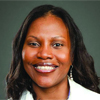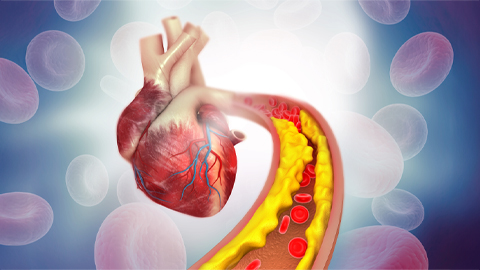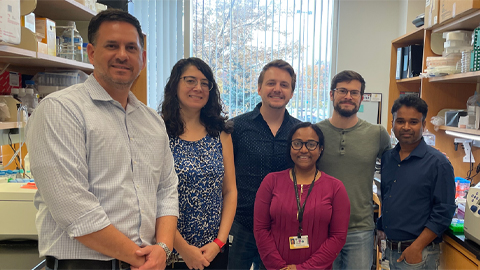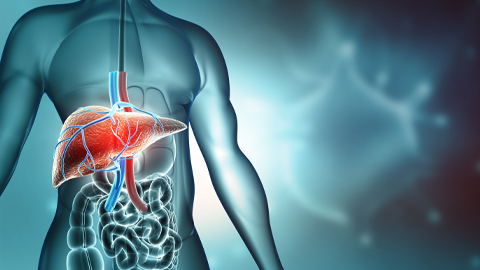Journal of Lipid Research launches junior associate editors program
This year, the Journal of Lipid Research welcomes its first cohort of junior associate editors.
 Raymond Blind
Raymond Blind
Vanderbilt University
School of Medicine
Research area: Nuclear lipid signaling and structure
Mentor: George Carman
 Gissette Reyes−Soffer
Gissette Reyes−Soffer
Columbia University
Irving Medical Center
Research area: Regulation and metabolism of Lipoprotein(a)
Mentor: Henry Ginsberg
 Brandon Davies
Brandon Davies
University of Iowa
Carver College of Medicine
Research area: Lipid metabolism in endothelial cells
Mentor: Stephen Young
 Rotonya Carr
Rotonya Carr
University of Pennsylvania Perelman School of Medicine
Research area: Metabolism and lipid droplets in liver disease
Mentor: Nick Davidson
The four assistant professors, chosen from nominations made by the journal’s associate editors, are partnering with senior editors to learn how to manage the peer-review process.
“Engagement with the best and brightest young investigators in the lipid field is an investment in the future of JLR,” Co-Editor-in-Chief Kerry−Anne Rye said.
The new editors — two Ph.D.s and two M.D.s — already have accrued accolades and earned the community’s trust. Two are recipients of the JLR Junior Investigator Award. One won the Journal of Biological Chemistry/Herb Tabor Young Investigator Award. Another is on the Deuel Conference board.
Co-Editor-in-Chief Nicholas Davidson said the program’s mission is two-fold: “It’s demystifying the peer-review process and also teaching what we hope are going to be the next generation of full associate editors.”
The new editors are serving a two-year term from March 1, 2019, to Feb. 28, 2021.
They also will contribute a new type of article to the journal — commentaries on exciting lipid research published elsewhere.
Enjoy reading ASBMB Today?
Become a member to receive the print edition four times a year and the digital edition weekly.
Learn moreGet the latest from ASBMB Today
Enter your email address, and we’ll send you a weekly email with recent articles, interviews and more.
Latest in Science
Science highlights or most popular articles

Ubiquitination by TRIM13: An ingredient contributing to diet-induced atherosclerosis
Researchers help unravel the molecular mechanism behind plaque formation in cardiovascular disease.

When ribosomes go rogue
Unusual variations in the cellular protein factory can skew development, help cancer spread and more. But ribosome variety may also play biological roles, scientists say.

New discovery enables gene therapy for muscular dystrophies, other disorders
At the University of Rochester, researchers find that RNA-based technology facilitates effective use for difficult-to-treat, large-gene diseases.

From the journals: JBC
Huntington protein interactions affect aggregation. Intrinsically disordered protein forms a scaffold. From unknown protein to curbing cancer growth. Read about recent JBC papers on these topics.

An inclusive solar eclipse — with outreach
Traveling more than 150 miles with a group of neurodivergent students to have them witness a rare orbital alignment. and also teach the public about it, requires some strategic planning.

Predicting fatty liver disease from a tiny blood sample
Obesity and being overweight aren't the only factors that contribute to liver disease. New tests can help identify who is at risk or already has the disease, even in people who are lean or have a normal weight.
